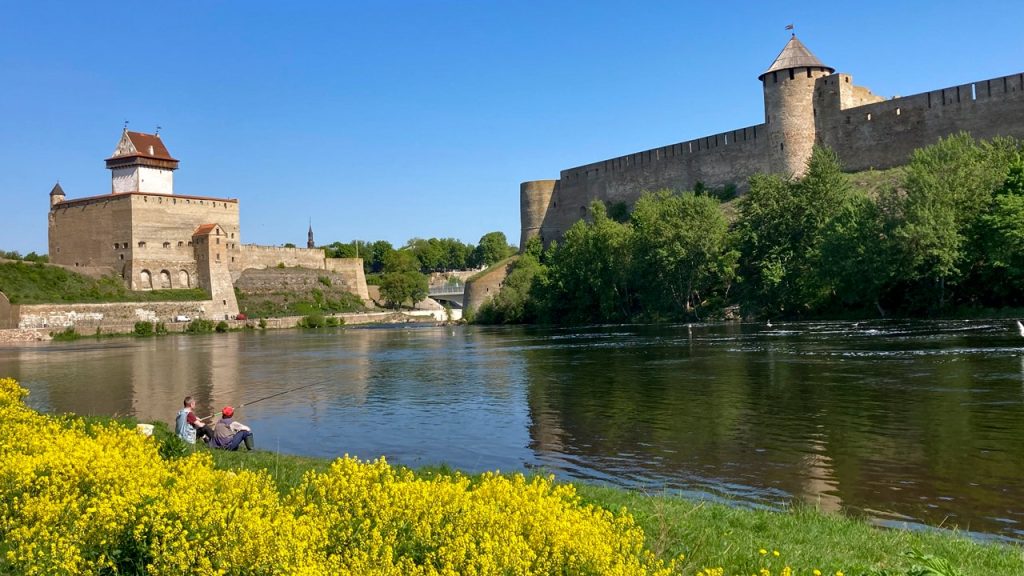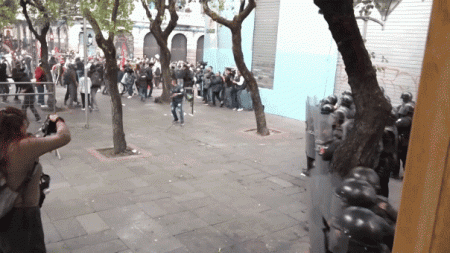In May 2024, Russian border guards removed 25 buoys installed by Estonia on the Narva River, separating the two countries. These buoys were meant to prevent accidental border crossings. EU foreign policy chief Josep Borrell condemned the action, calling it unacceptable and part of a broader pattern of provocative behavior by Russia. Estonia also labeled the incident as provocative but remained calm in its response. The placement of buoys is checked annually due to natural changes in the riverbed, with the two nations largely agreeing on their positioning in the past.
Every year, Estonia and Russia have installed buoys on the Narva River to mark shipping routes, with mutual agreement between the towns of Narva and Ivangorod. However, in 2023, Russia did not agree with Estonia’s positions regarding the location of the buoys. Despite this, the buoys were installed according to a 2022 agreement to prevent navigational errors. Estonia’s Foreign Ministry linked the buoy incident to a broader pattern of Russia’s provocative behavior, including recent border mapping incidents in the Baltic Sea. Russian news agencies reported a draft proposal to update territorial water coordinates, which was later removed, with the Kremlin stating there was no political motivation behind the Defense Ministry’s suggestion.
Since Russia’s invasion of Ukraine in 2022, Finland and Sweden have joined NATO, surrounding the Baltic Sea with alliance members. This move has impacted Russia’s maritime access to St. Petersburg and its Kaliningrad enclave. The incident involving the removal of Estonian buoys on the Narva River is seen as part of Russia’s efforts to assert its presence and boundaries in the region. The EU’s condemnation of the action highlights growing tensions between Russia and its neighbors, leading to calls for a collective response to address Russia’s provocative behavior.
The removal of the buoys on the Narva River has raised concerns about Russia’s intentions in asserting its boundaries and challenging established agreements with neighboring countries. The incident comes amidst broader geopolitical shifts in the region, with NATO’s expansion and increased military presence. The EU and Estonia have demanded an explanation and the return of the buoys, emphasizing the need for peaceful resolution and respect for international borders. Russia’s actions are perceived as part of a broader pattern of destabilizing behavior, prompting calls for a unified response to address Russia’s assertiveness and protect the security of the Baltic region.
Estonia and Russia have a history of cooperation on marking shipping routes on the Narva River, with regular checks on buoy positions due to changing riverbed conditions. The removal of buoys by Russian border guards represents a departure from previous agreements and has been interpreted as a deliberate provocation. The incident is part of a larger trend of Russia’s assertive actions in the region, including proposed updates to territorial water coordinates and border mapping disputes in the Baltic Sea. The EU’s response underscores the need for diplomatic engagement and dialogue to prevent further escalation and maintain stability in the Baltic region.













